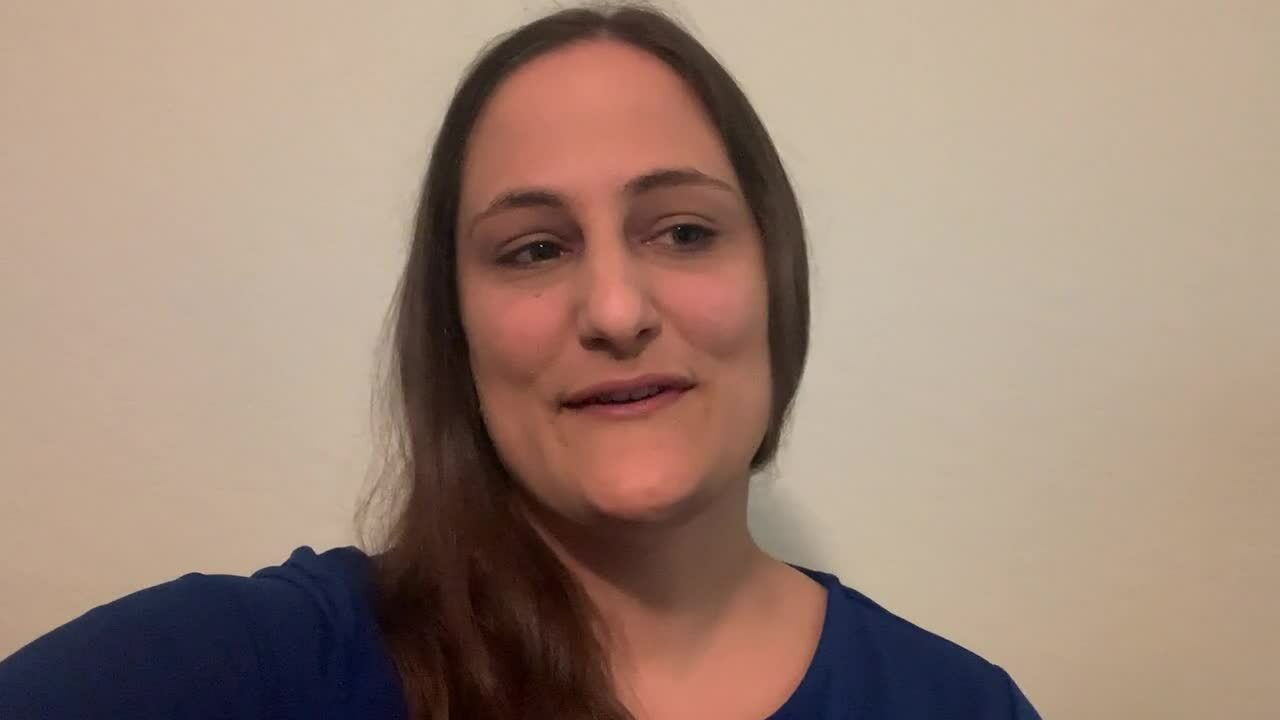Recently, we were fortunate to send a small contingent to the Asembia 2021 Specialty Pharmacy Summit held in Las Vegas, Nevada, on October 26 – 29, 2021. After a year of almost negligible in-person opportunities, it was refreshing for our team to get face-to-face with some of our customers and key stakeholders in specialty pharmacy.
Those who have attended this conference in the past likely noticed that it was a much smaller event than in recent years, likely due to ongoing travel and budget restrictions as well as continued concerns around health and safety. I would say that Asembia and the venue did a good job addressing health and safety concerns by implementing masking and vaccination requirements in advance of the event, and attendees were generally respectful of these necessary health and safety guidelines. The excitement of being in person again was indeed palpable!
The opening session, presented by Adam Fein, Ph.D., CEO, Drug Channels Institute, and Doug Long, MBA, vice president, industry relations, IQVIA, outlined key trends that are reshaping specialty drug channels and the outlook for specialty pharmacy. In fact, a recurring theme of the event was the “future state” of specialty pharmacy, and how to account for various impacts, opportunities, and challenges posed in a post COVID-19 world. Other themes seemed to mirror ongoing industry conversations related to health equity, value-based care, and increased use of technology, specifically telehealth and pharmacy, to encourage remote work and access to (virtual) care.
I also attended the session entitled “Value-Based Contracting: What it is…What it is not…and what will be in the future” which was presented by representatives from pharma, payers, and clinical practice. The discussion centered on the definition of value-based contracting and how it can vary from stakeholder to stakeholder. However, the general consensus is that value-based contracting is an innovative, performance-based reimbursement between a drug manufacturer and a payer that aims to improve the quality of care while decreasing overall cost. In order to be successful, payer, pharma, and providers all have to work together to overcome hurdles and reshape demands and expectations between stakeholders. The outlook for value-based contracting is that it will likely continue to exist and evolve over the coming years, especially as interoperability and data standards create an influx of patient data that allow for operationalization at scale.
Another session I found interesting was the session on “The URAC Perspective: Policy, Quality, and Performance” presented by Shawn Griffin, President, and CEO of URAC. Shawn discussed the key topics in pharmacy practice with a focus on legislative updates, details on URAC’s pharmacy measures program, and the inaugural Leaders in Performance Measures Awards. The goal on Capitol Hill is to lower drug prices, and some tactics political leaders want to take include allowing Medicare to negotiate drug prices, facilitating more competition from generics, and increasing telehealth and telepharmacy. Notable trends URAC is seeing within specialty pharmacy include an increase in rare disease patient care, the ability to demonstrate outcomes, and using data and measure to “tell your story”.
As a pharmacist myself, the session “Pharmacy & Pharma Leadership on the Frontlines” was not only informative but definitely resonated with some of the struggles we’ve heard from frontline workers within our nationwide network of over 70 health system partners (presented by Rina Shah, Group Vice President Pharmacy Operations and Services, Walgreens; Rena Goins, Executive Director Global Trade GPO &Distributions, Regeneron Healthcare Solutions; Cheryl Allen, EVP Industry Relations Asembia; Tricia Lacavich, VP Coram, CVS Health).
The presenters stated that the COVID-19 pandemic shed additional light on the importance of IT, virtual care, expanding the scope of practice, and site of care. In order to account for the loss of the workforce, it is important to be innovative and to enable remote working while also understanding the effects of working in different environments. The future state will likely include an expansion of remote work and more virtual meetings, as well as an expansion of sites of care, and of course, virtual care. However, we still need to find ways to simplify processes, allow staff to work at the top of their license, drive care to alternate sites of care, and find ways to expand the scope of practice for all employees. And, as you guessed, technology will likely be key.
In summary, Asembia Summit was an opportunity for connections and important ongoing conversations as we look forward to shaping the future of specialty pharmacy. Our team looks forward to connecting with our key stakeholders again from May 2-5, 2022.
To learn more about Shields Health Solutions or to schedule a meeting with our team, go to shieldshealthsolutions.com







